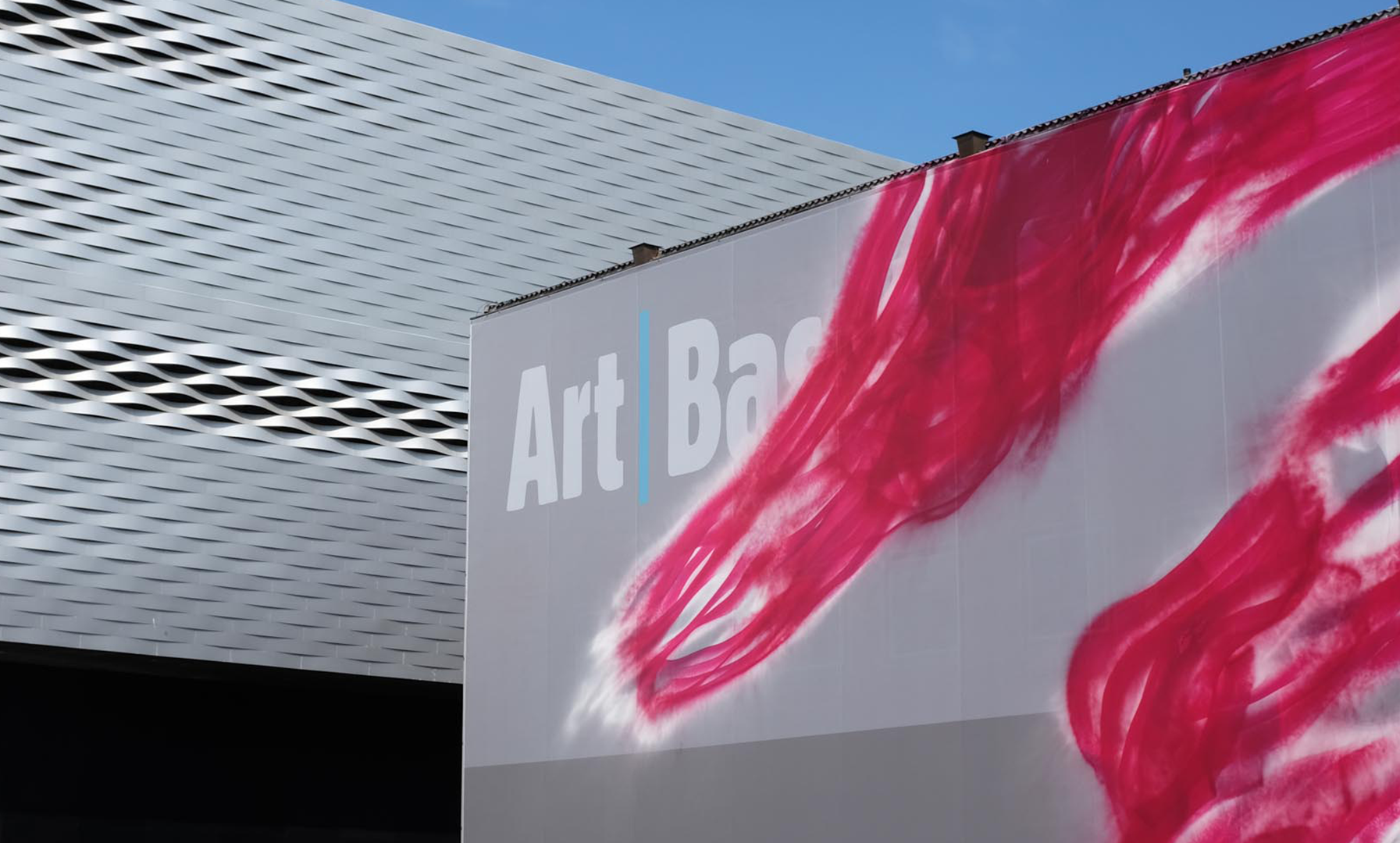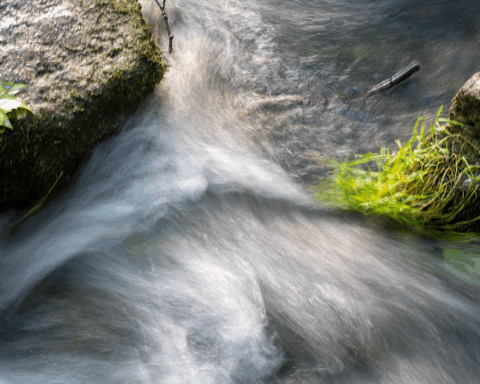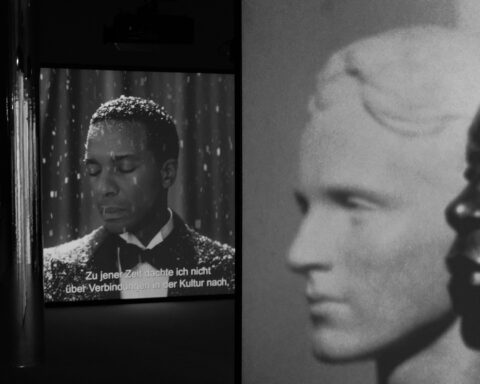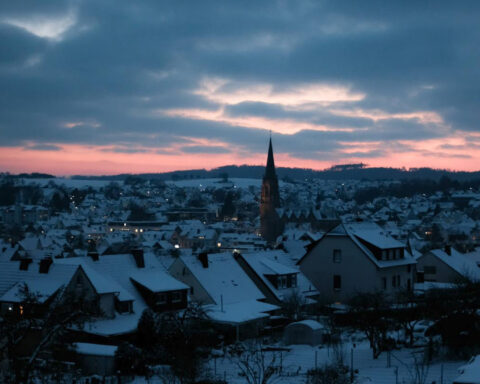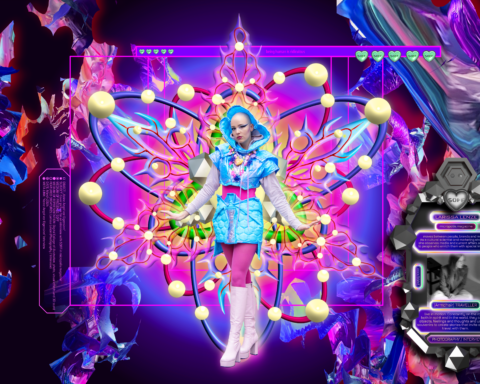Stadt und Kunst im Dialog
Als ich im Juni in Basel ankam, fiel mir sofort auf, wie die Stadt selbst vor Erwartung zu vibrieren schien. Die Ausgabe 2025 der Art Basel, der wohl bedeutendsten Messe für zeitgenössische Kunst weltweit, vereinte 289 Galerien aus 42 Ländern und verwandelte den Messeplatz sowie die historischen Quartiere der Stadt in eine lebendige Bühne des künstlerischen Austauschs.
Im Mittelpunkt des Geschehens stand zweifellos die monumentale Installation „CHOIR“ von Katharina Grosse – eine weitläufige Komposition aus Magenta und Weiß, die den öffentlichen Platz in eine begehbare Leinwand verwandelte. Anstatt mich direkt in die Messehallen zu begeben, begann ich meinen Basel-Besuch mit dem Parcours, einer innerstädtischen Ausstellung, die von Stefanie Hessler zum Thema „Second Nature“ zusammengestellt wurde. Dieser Kunstpfad führte mich durch versteckte Winkel und alltägliche Orte, an denen Natur und Kunst miteinander in den Dialog traten. Schon in diesen ersten Stunden manifestierte sich für mich die Stadt als Akteur im globalen Austausch über Kreativität, Ökologie und Wahrnehmung.

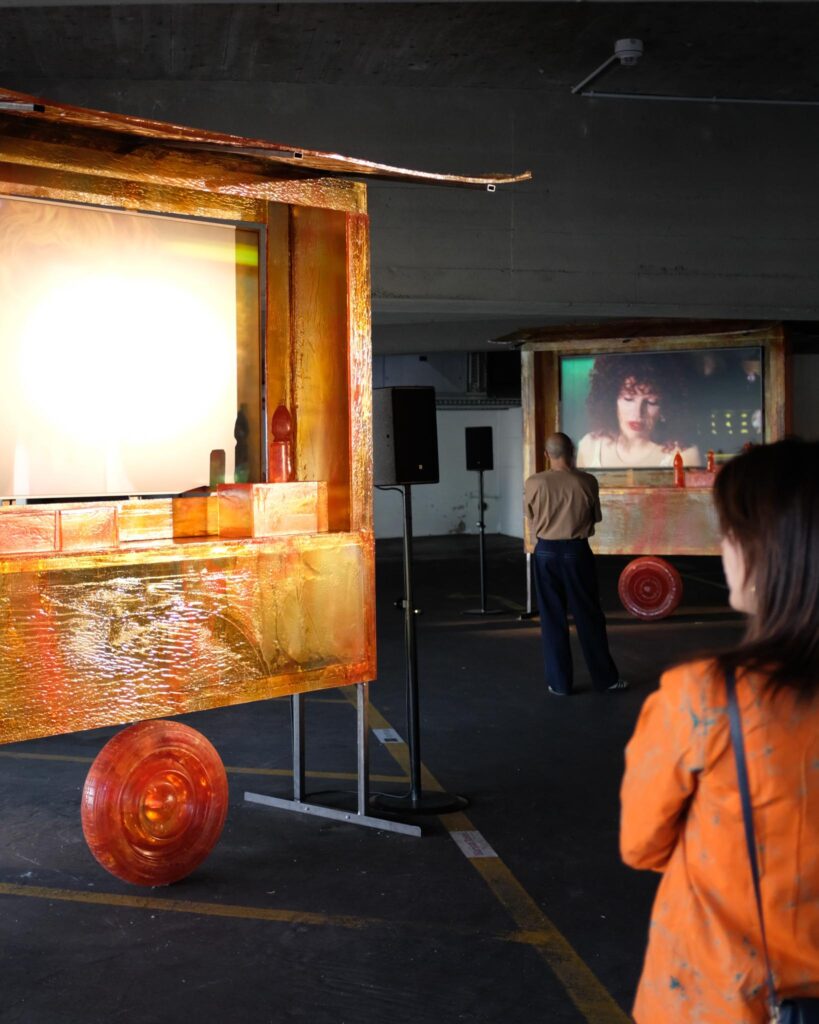
Kunst, Erinnerung und Widerstand
Abseits der monumentalen Präsentationen im Unlimited-Sektor, kuratiert von Giovanni Carmine, waren es vor allem die Gespräche und Diskussionen der Messe, die mir im Gedächtnis blieben. Beim Art Basel Award Summit sprach Kuratorin Elena Filipovic mit der visionären Künstlerin Cecilia Vicuña, deren poetischer Aktivismus Quantenphysik, Kosmologie und indigenes Wissen miteinander verknüpft.
Vicuña sprach über die Notwendigkeit, sich sowohl gegen das kulturelle als auch das ökologische Vergessen zu wehren – und forderte dazu auf, uns an das zu erinnern, was die Moderne uns oft hat vergessen lassen. Für sie ist Kunst nicht bloß Ausdruck, sondern ein Gefäß des Erinnerns, ein Mittel, verlorene Verbindungen wiederherzustellen und Zeit neu zu denken. Beim Zuhören fragte ich mich, wie Kunst selbst als Form des Widerstands wirken kann – nicht durch Konfrontation, sondern durch radikale Aufmerksamkeit und Fürsorge.
Kunst im Zeitalter von KI
In den Digital Dialogues bot die Künstlerin und Forscherin Kate Crawford einen scharfen Kontrapunkt zur sensorischen Fülle der Messe. Sie sprach über die politischen und ökologischen Kosten künstlicher Intelligenz und stellte eine zentrale Frage, die im Raum nachhallte: „In welcher Welt wollen wir leben?“
Crawfords Argument war eindeutig – KI ist keine neutrale Innovation, sondern bringt Verantwortung mit sich. Sie forderte Künstlerinnen und Künstler auf, ihre eigene Handlungsfähigkeit innerhalb technologischer Systeme zurückzuerobern, die Kreativität allzu oft für wirtschaftliche Zwecke vereinnahmen. Ihr Satz, „Langsames Lesen ist heute fast schon ein radikaler Akt“, hallte in mir nach – ein Aufruf, achtsamer mit den techno-politischen Kräften umzugehen, die unsere Aufmerksamkeit und Vorstellungskraft prägen.
Autorschaft im Zeitalter der Maschinen
Eines der aufschlussreichsten Rahmenprogramme war für mich der Gen Art & AI Day, veranstaltet u.a. von ArtReview und Le Random. Hier kamen Künstler:innen, Kurator:innen, Theoretiker:innen und Technolog:innen zusammen, um zu diskutieren, wie generative KI Autorschaft und Ästhetik verändert.
In einem fesselnden Panel zu Creative Authorship stellte Hito Steyerl, im Gespräch mit J.J. Charlesworth und Simon Denny, die Frage, ob künstlerische Autonomie überhaupt möglich ist, wenn man mit Systemen arbeitet, die auf undurchsichtigen Datensätzen basieren.
Steyerl hinterfragte den Mythos generativer KI als „magisches“ Werkzeug und argumentierte – ähnlich wie Crawford –, dass sie die zugrunde liegenden Infrastrukturen von Arbeit, Ideologie und Macht verschleiere. Ihre provokante Frage, ob wir derzeit ein „re-enchantment“ oder ein „re-enshittment“ der Bilderwelt erleben, löste verhaltenes Lachen aus – und blieb mir doch im Gedächtnis. Sie schloss mit der Überzeugung, dass Künstler:innen heute vor allem eines brauchen: Zugang zu Infrastruktur, um die Systeme zu verstehen und aktiv mitzugestalten, die ihre Arbeit prägen.
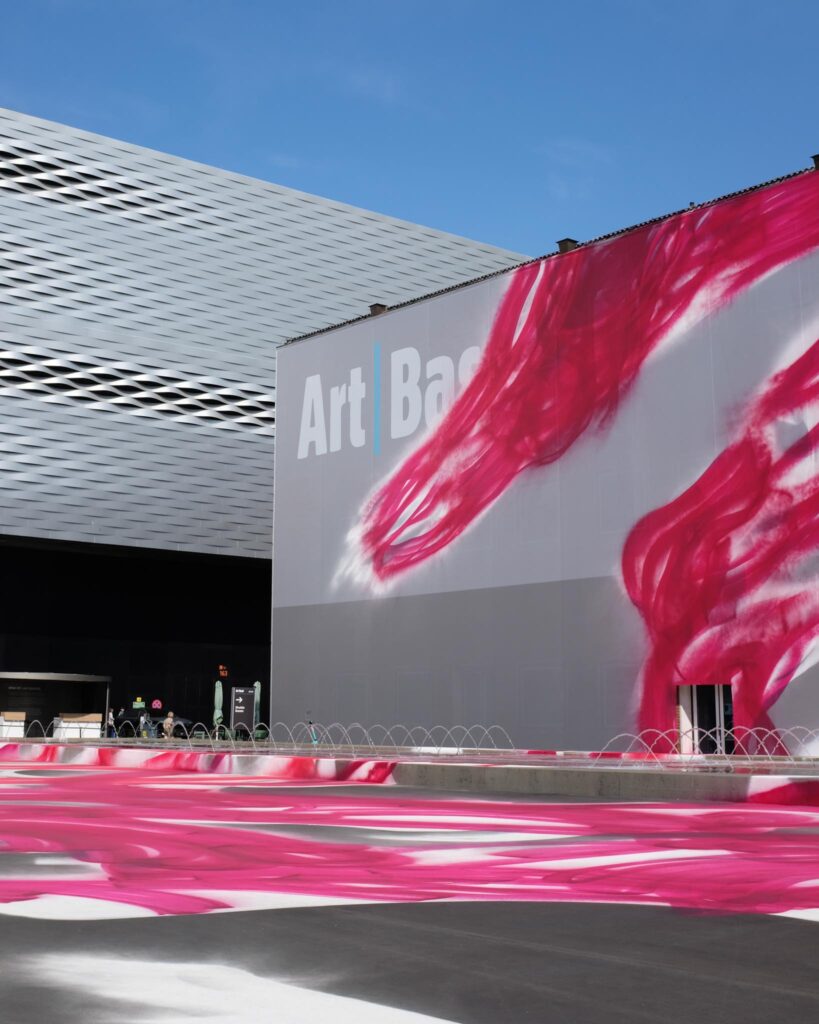
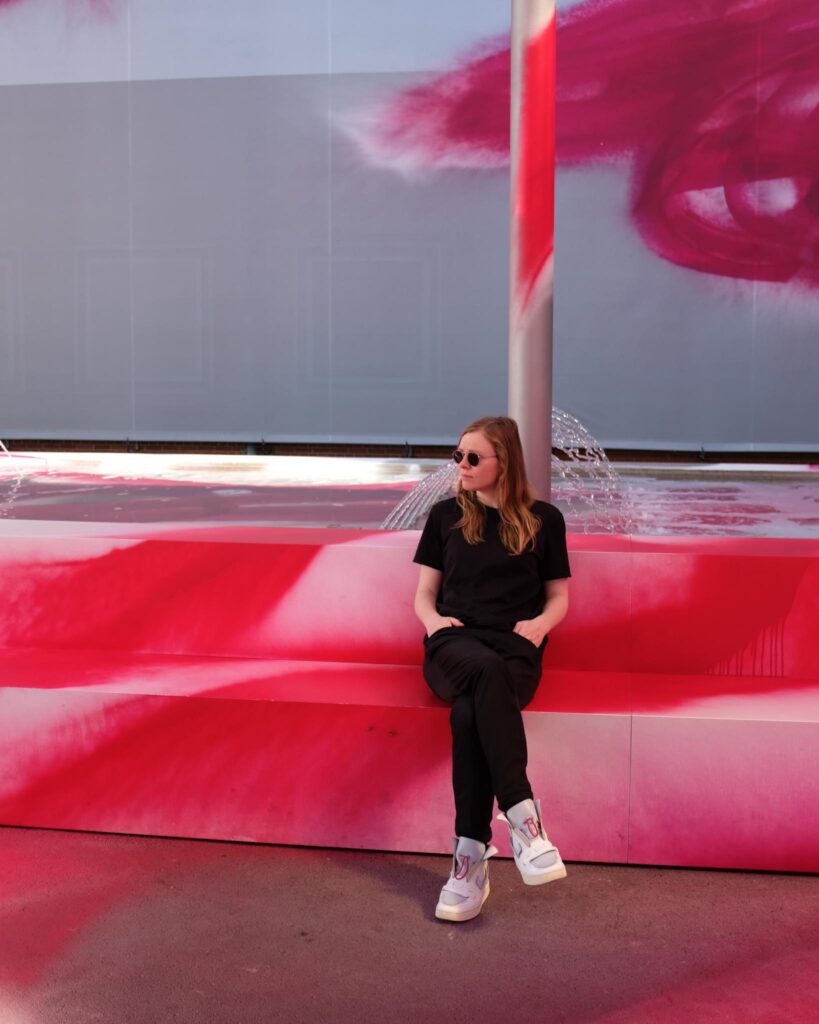
Die Zukunft der Kunst neu denken
Noch nachdem ich Basel wieder verlassen habe, kehrt ein Gedanke immer wieder zu mir zurück: Die Art Basel 2025 war nicht nur eine Kunstausstellung – sondern ebenso eine Ausstellung von Ideen und Gedanken. In den Hallen und Hinterhöfen der Stadt begegneten sich Künstler:innen und Besucher:innen nicht im geteilten Interesse an Wertanlagen und ästhetischer Zerstreuung, sondern auf einer gemeinsamen Suche nach Antworten darauf, wie wir in Zeiten eines scheinbar beschleunigten Wandels leben, erinnern und schöpfen können.
Die Energie der Messe lag nicht allein im Kaufen und Verkaufen von Werken, sondern im Austausch von Ideen – zwischen Natur und Technologie, Lokalem und Globalem, Mensch und Maschine. Als ich durch die regen Straßen Basels zum Zug haste, denke ich zurück an Vicuñas Worte: „Bewusstsein ist das Einzige, das uns voranbringen kann.“ Und über Kunst haben wir die Chance, diesem Bewusstsein Ausdruck zu verleihen und andere damit zu inspirieren.
Art Basel 2025
A City in Conversation with Art
Arriving in Basel this June, I was struck by how the city itself seems to hum with anticipation. The 2025 edition of Art Basel, the world’s premier contemporary art fair, gathered 289 galleries from 42 countries, transforming the Messeplatz and the city’s historic quarters into a vibrant stage for artistic exchange.
Undoubtedly at the heart of it all was Katharina Grosse’s monumental installation, ‚CHOIR‘: a vast expanse of magenta and white which transformed the public square into a living canvas. Rather than visiting the halls directly, I began my Basel experience by following the Parcours trail, curated by Stefanie Hessler on the theme of ‚Second Nature‘. The trail led me through hidden corners and everyday spaces where nature and artifice merged almost imperceptibly. Even at this early stage, Basel revealed itself not just as a host city, but as an active participant in the global dialogue on creativity, ecology and perception.
Art, Memory, and Resistance
Beyond the monumental displays in the Unlimited sector curated by Giovanni Carmine, it was the fair’s talks and discussions that stayed with me the most. At the Art Basel Award Summit, curator Elena Filipovic for example spoke with the visionary artist Cecilia Vicuña, whose poetic activism bridges quantum physics, cosmology, and indigenous wisdom.
Vicuña spoke about the need to resist both cultural and ecological erasure — urging us to remember what modernity makes us forget. For her, art is not merely expression, but a vessel for memory, a way to rebuild lost connections and reimagine time itself. Listening to her, I found myself wondering how art might act as a form of resistance — not through confrontation, but through radical attention and care.
Art in the Age of AI
At the Digital Dialogues, artist and researcher Kate Crawford offered a sharp counterpoint to the fair’s sensory abundance. Speaking about the political and ecological costs of artificial intelligence, she asked the question that lingered in the room: “What kind of world do we want to live in?
Crawford’s argument was clear — AI is not neutral innovation; it is a responsibility. She urged artists to reclaim their agency within technological systems that too often instrumentalize creativity for commercial ends. Her remark that “slow reading has become a radical act” resonated deeply, a call to engage mindfully with the techno-political forces shaping our attention and imagination.
Authorship in the Age of Machines
One of the most thought-provoking side events was the Gen Art & AI Day, hosted by ArtReview, Le Random, and Digital Original. The conversations brought together artists, curators, theorists, and technologists to examine how generative AI is transforming authorship and aesthetics.
In a compelling panel on Creative Authorship, Hito Steyerl, in conversation with J.J. Charlesworth and Simon Denny, questioned whether true artistic autonomy is possible when working with systems trained on opaque datasets. Steyerl challenged the mythology of generative AI as a “magical” tool, arguing instead – similar to Crawford – that it conceals infrastructures of labor, ideology, and power. Her provocation — are we witnessing a re-enchantment or a re-enshittment of images? — drew uneasy laughter, but it stuck with me. She concluded that what artists need most now is not more tools, but access to infrastructure, to understand and reshape the systems beneath the surface.
Reimagining the Future of Art
As I left Basel, one thought kept returning: Art Basel 2025 was not only an exhibition of art, but an exhibition of thought. Across the halls and hidden courtyards, artists and audiences alike were engaged in a shared inquiry — about how we live, remember, and create in an age of accelerating change.
The fair’s energy wasn’t just in the buying and selling of works, but in the exchange of ideas — between nature and technology, local and global, human and machine. In an increasingly fragmented world, Art Basel remains a rare place where art still feels like a conversation worth having.
Walking back through the quiet streets of Basel, I thought of Vicuña’s words: “Consciousness is the only thing that can move us forward.” This year, Art Basel reminded me that art — at its best — is consciousness made visible.

